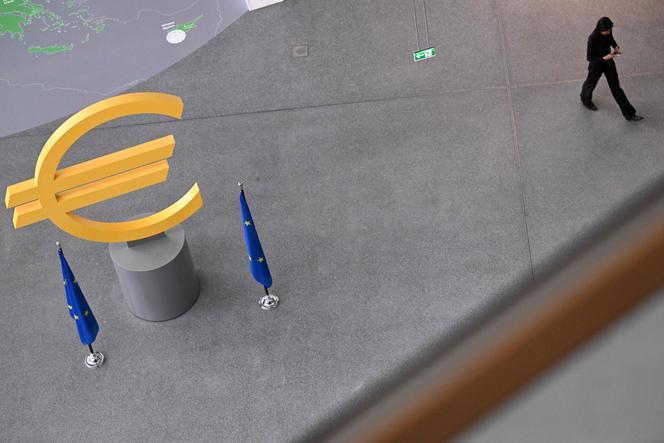


The European Central Bank made its first interest rate cut since 2019 on Thursday, June 6, reducing borrowing costs from record highs, but gave few clues about its next move while warning of continuing inflation pressures. The key deposit rate was lowered a quarter point to 3.75%, after the central bank had kept borrowing costs on hold since October.
Thursday's cut, the first since September 2019, will provide a much-needed boost for the beleaguered eurozone economy. The move marks the ECB diverging from the US Federal Reserve, which has also hiked rates aggressively but is not expected to start cutting for months due to stronger-than-expected data.
After an unprecedented streak of eurozone rate hikes beginning in mid-2022 to tame runaway energy and food costs, inflation has been slowly coming down towards the ECB's 2% target.
But in an updated forecast, the Frankfurt-based institution hiked its eurozone inflation forecasts for this year and next. It no longer expects inflation to hit its 2% target in 2025, as previously expected, but rather to come in at 2.2%. It also raised its growth forecast for 2024, although lowered it slightly for next year.
While noting that "the inflation outlook has improved markedly," the ECB said in a statement that "domestic price pressures remain strong as wage growth is elevated, and inflation is likely to stay above target well into next year." It reiterated typical language that it would "keep policy rates sufficiently restrictive for as long as necessary" to hit its inflation target, and that it would take a "data-dependent" approach to is decisions. Decisions would be based on the inflation outlook, it said, while adding that the rate-setting governing council "is not pre-committing to a particular rate path."
Despite consumer price rises having slowed from peaks of over 10% in late 2022, when Europe was rocked by an energy shock, bringing inflation down to the ECB's target is proving difficult. Data last week showed that inflation in the 20 countries that use the euro rose in May, and faster than expected – to 2.6% on year, up from April's 2.4% increase. The eurozone economy also expanded faster than expected in the first quarter as it emerged from recession, although it is still slow compared to the robust growth of the US economy.
In the United States, stronger-than-expected data pushed back expectations of when the Fed – which holds its next meeting on June 11-12 – will begin reducing borrowing costs, fuelling speculation the ECB might also stay its hand. But eurozone rate-setters have stressed they plot their own course.
